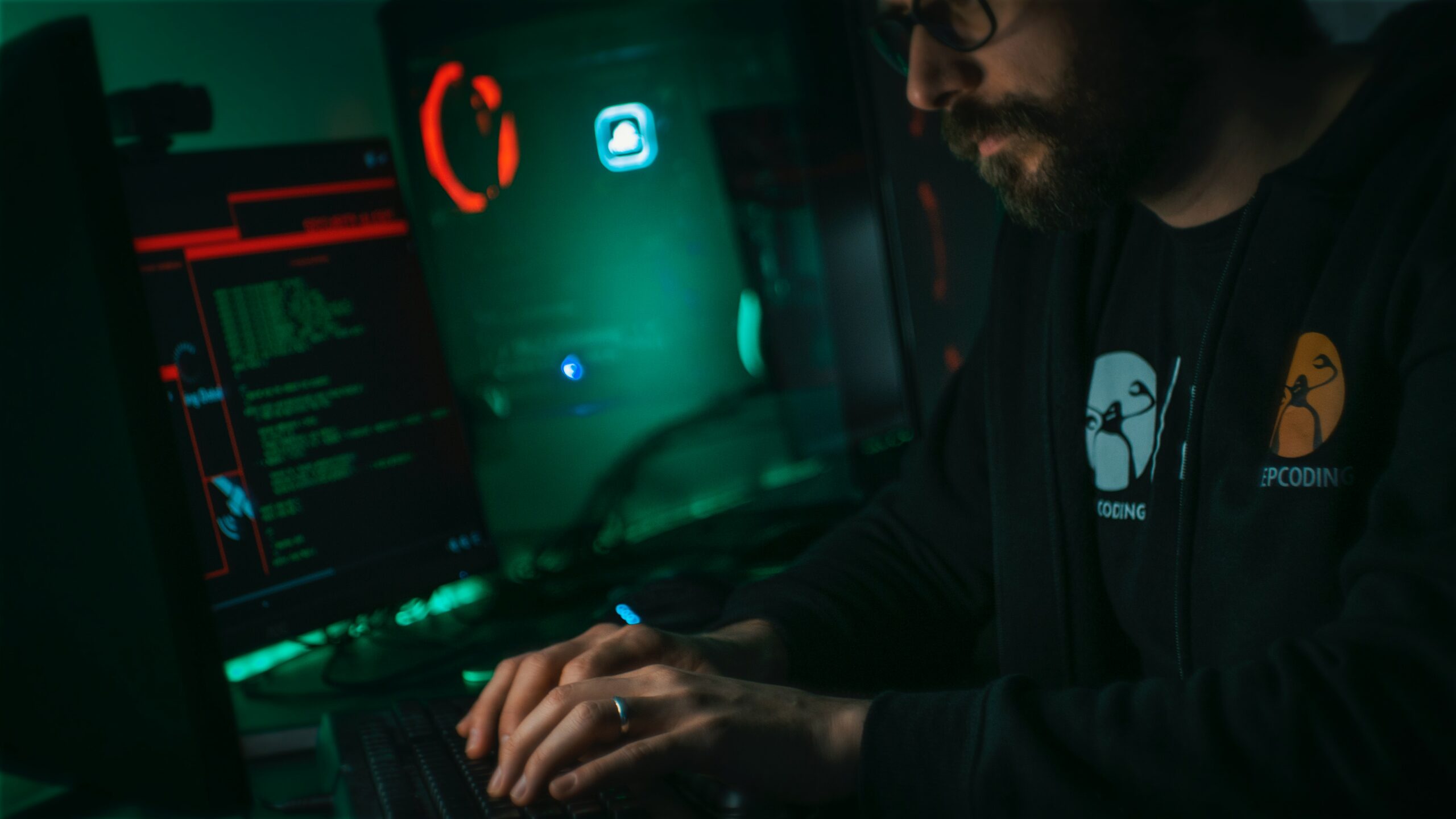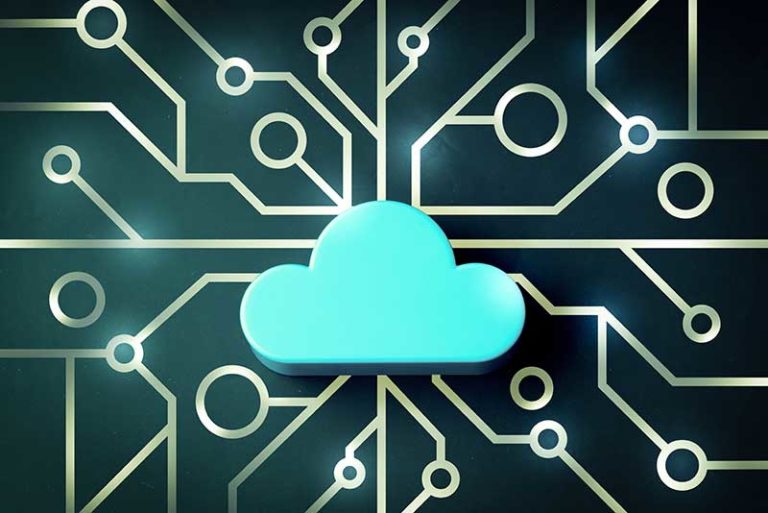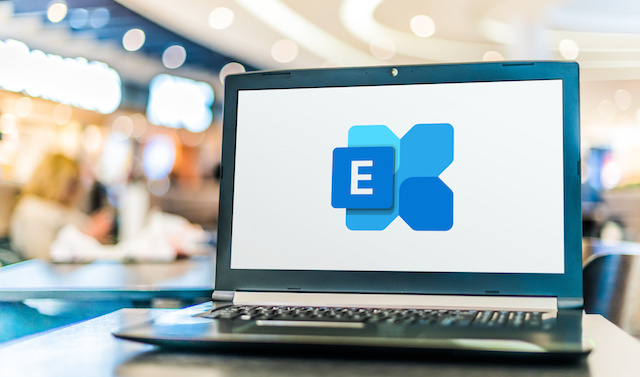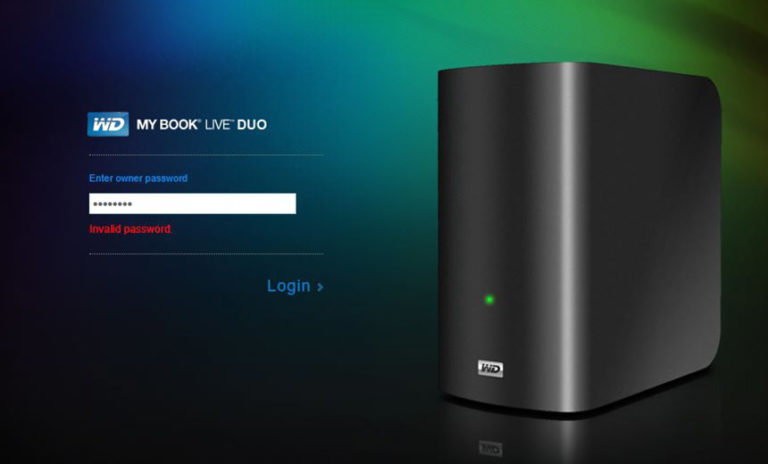Cyber Attack
In today’s world, it’s important to be aware of the dangers of cyber attacks. With so much of our lives being lived online, it’s only a matter of time before someone tries to take advantage of that. That’s why, in this blog post, we’re going to be talking about cyber attacks. We’ll cover everything from what they are to how you can prevent them. By the end of this post, you should have a good understanding of the dangers of cyber attacks and how to protect yourself from them.
What Is A Cyber Attack?
Cyberattacks can be defined as any type of offensive action that seeks to disrupt, disable, or gain unauthorized access to a computer system. This can range from simple vandalism to more serious crimes, such as theft or data breaches. Cyberattacks are carried out by individuals, groups, and even governments for a variety of reasons. However, the motives behind cyberattacks are often political in nature. For example, some attackers may want to show their technical skills off or cause damage for fun.
The rise of the internet and connected devices has made cyberattacks much more common and far easier to launch. This is because cyberattacks now have the ability to impact a wider number of people quickly and easily. Additionally, many cyberattacks now take advantage of vulnerabilities in software or systems that were not designed with security in mind. As a result, it is important that businesses take steps to protect themselves against these types of attacks.
Cyberattacks can have a wide range of impacts and can compromise the confidentiality, integrity, and availability of data. In some cases, attackers may be able to gain access to sensitive information or system passwords. They may also be able to disable systems or steal valuable resources. Attacks that target infrastructure can lead to widespread disruption or even complete network failure.
Businesses must take steps to protect themselves from cyberattacks by implementing proper security measures and training employees on how to respond in case of an attack. Additionally, businesses should maintain up-to-date software and firmware versions, ensure that devices are properly configured, and use secure login procedures for employees.
The History Of Cyber Attacks
The history of cyberattacks dates back to the 1970s. The Morris Internet Worm was the first major cyberattack, and it occurred in 1978. Since then, there have been numerous other cyberattacks that have taken place across many different industries.
Cyberattacks in the 1990s focused on government and military computers. This was because these were the types of computers that were most susceptible to being hacked. However, this changed in 2000 when hackers began targeting businesses and individuals. This is likely due to the fact that businesses are much more vulnerable than government or military systems are.
Today, we see an increasing number of cyberattacks against both business and individual users. This is likely because businesses have become increasingly online-dependent, while individuals are increasingly reliant on technology for their day-to-day lives. As a result, attackers know that they can target these groups with greater success than before.
Cyberattacks are a serious problem, and they will continue to be a problem in the future. This is because they can cause a lot of damage, and they can also be very difficult to prevent. As long as businesses are online-dependent, and as long as individuals rely on technology for their day-to-day lives, we will see an increasing number of cyberattacks.
Types Of Cyber Attacks
Cyber attacks can take many different forms, and it’s important to be aware of the different types in order to protect yourself from them.
Viruses and worms are among the most common types of cyber attacks. They’re typically spread through email or files that are shared on social media. Once installed on a computer, these viruses and worms will start spreading automatically. DoS (distributed denial-of-service) attacks are another type of cyber attack that can flood a website or network with traffic in an attempt to stop people from accessing it. SQL injection is a common vulnerability that allows attackers to inject malicious code into SQL queries, which can then be used to access sensitive data or manipulate systems.
There are a number of other types of cyber attacks, but these are the most common. It’s important to be aware of the different types so you can protect yourself from them. There are a number of ways to protect yourself against viruses and worms, including installing antivirus software and using security measures such as password protection. You can also try to prevent DoS attacks by beefing up your website’s defenses and limiting traffic access. SQL injection attacks can be prevented by using proper coding practices and avoiding vulnerable data sources.
How To Prevent A Cyber Attack
Preventing a cyber attack is essential for businesses of all sizes. Understanding what a cyber attack is, and the motivations behind them, is key to preventing it from happening in the first place. There are three main types of cyber attacks: physical, social engineering, and malware.
To prevent a cyber attack, it is important to understand the different methods that attackers use to gain access to your systems. For example, attackers may try to exploit software vulnerabilities or use Social Engineering techniques (such as phishing emails). Once they have gained access to your system, they may be able to carry out a cyber attack.
There are many measures that you can put into place in order to prevent a cyber attack. Some of these include installing anti-virus software and firewalls, creating strong passwords and ensuring proper file permissions, monitoring traffic on your network for suspicious activity, and training employees on how to identify and protect themselves from online threats.
What To Do If You’re The Victim Of A Cyber Attack
If you’re the victim of a cyber attack, there are a few things that you should do immediately. Firstly, unplug or power down the device that was affected by the attack. This will help to protect your data from being accessed or stolen. Secondly, do not turn on your computer if it’s turned off. This will prevent anyone from accessing your information while it’s offline. Finally, don’t log into any accounts – this includes email, social media, and banking accounts. If you need to access these accounts in the future, create new passwords and keep them safe.
Contact your ISP (Internet Service Provider) and let them know what happened – they’ll be able to help track down who is responsible for the attack and take appropriate action. Additionally, change all of your passwords – this is especially important if you use the same password across multiple sites or services. Cyber attacks are becoming more common every day, so it’s important to take precautions to protect yourself and your data.
The Aftermath Of A Cyber Attack
If you’re like most people, you rely on your computer for everything from work to personal finances. Unfortunately, even the most up-to-date computer system can be vulnerable to cyberattacks. Cyberattacks can result in data loss or theft, damage to your computer system, and even identity theft. So, what do you do if your computer is attacked?
The first step is to determine whether your computer has been infected with a virus or malware. If so, then you’ll need to remove the infection using antivirus software or a tool such as Malwarebytes. After that, it’s important to safeguard your data by encrypting it and installing security software on your computers and devices. Finally, if you believe that you may have been a victim of a cyberattack, then it’s important to report the incident to law enforcement and/or your internet provider.
Once you’ve taken care of the immediate aftermath of a cyberattack, you need to make sure that you don’t fall victim to the same attack in the future. Here are some tips for staying safe online:
1. Update your software and install security updates as soon as they’re available.
2. Use strong passwords and keep them confidential.
3. Don’t share personal information online, such as your login credentials or financial information.
4. Keep an eye out for suspicious email messages and websites and delete them immediately if you suspect that they are harmful or fraudulent.
Examples Of Recent Cyber Attacks
Cyberattacks are a real and growing threat to businesses. In recent years, cyberattacks have become increasingly sophisticated, and they are now happening more frequently than ever before. This article provides examples of some of the most common types of cyberattacks, as well as information on how often they happen and who is most vulnerable to them. It also explains why these attacks are so difficult to defend against, and what steps businesses can take to protect themselves from these threats.
There are a variety of different types of cyberattacks, each with its own unique characteristics and potential consequences. Some of the most common types of cyberattacks include:
– Malware attacks: Malware is a type of malware that infects computers through malicious software. This malware can cause all sorts of problems on the computer, from reducing its performance to taking over the machine entirely.
– Phishing attacks: A phishing attack is when someone tricks you into revealing your personal information by sending you an email that looks like it comes from a trusted source (like your bank or email provider). The person behind the attack may try to collect your login information, financial data, or other sensitive information.
– Virus attacks: A virus is a type of malware that causes damage to your computer by entering through installed programs and spreading throughout your system. Viruses can delete files, redirect web traffic to fraudulent websites, and even destroy important parts of your computer’s operating system.
Is Your Computer At Risk For A Cyber Attack?
Cybercrime is on the rise, and your computer could be at risk if you don’t have proper security measures in place. Cybercrime includes a variety of different crimes, such as identity theft, online fraud, and data breaches. Each year, cyber criminals cause billions of dollars in damage.
There are steps you can take to protect your computer from cyber attacks. For example, you can install anti-virus software and firewall protection. You can also encrypt your files to prevent them from being accessed by unauthorized individuals. Additionally, you should always keep up to date with the latest security updates for your computer system.
If you take the necessary precautions, your computer should be safe from cyber attacks. However, no system is 100% secure, and there is always the risk of a cyber attack. If you experience any unusual or unexpected activity on your computer, be sure to take steps to protect yourself by installing anti-virus software and security updates. Additionally, if you think that someone may be trying to hack into your computer, don’t hesitate to contact an expert for help.
In Summary
Cyber attacks are a serious problem that businesses and individuals need to be aware of. There are a number of different types of cyber attacks, and they can have serious consequences. However, there are also a number of measures that you can take in order to protect yourself from them. Cyber security is an important issue, and it’s only going to become more important in the future. So what can you do to protect yourself? Firstly, make sure that you have antivirus software installed on your computer. Secondly, keep your operating system and software up-to-date. Thirdly, use strong passwords and avoid using the same password across multiple sites or services. Finally, train yourself and your employees on how to identify and protect against online threats. Cyber attacks are a serious issue, but they’re also something that we can all prevent by taking the necessary precautions.







